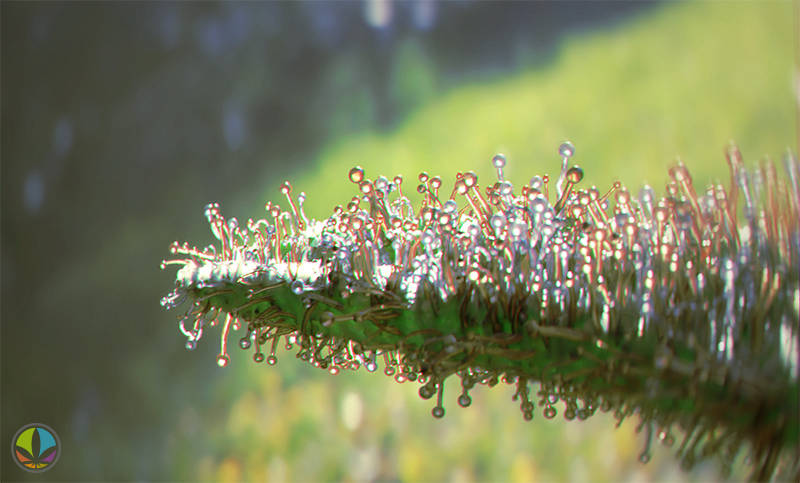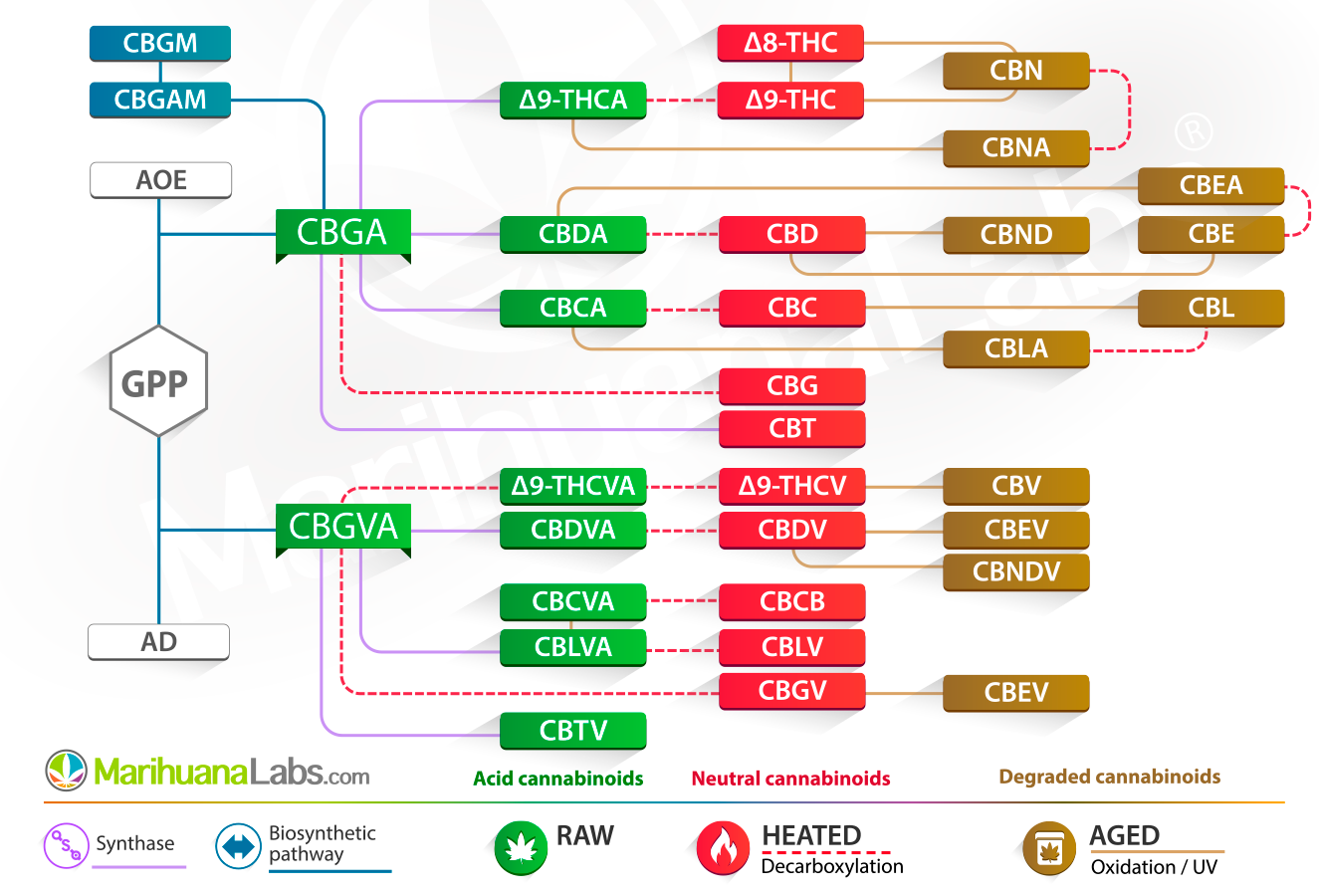
What's in marijuana? Part 1: Phytocannabinoids
If you are wondering what is in cannabis, here you will learn about all the components of cannabis. The most important are the phytocannabinoids or natural cannabinoids.
Phytocomponents are all the molecules in a plant. In our case, marijuana responds to the scientific name of Cannabis Sativa L. It is a plant species of which there are approximately 565 identified phytocomponents.
These components of cannabis are often classified into categories according to the similarity of their molecular structure. The most important category is made up of phytocannabinoids because of their relevance and concentration in the total. They should not be confused with synthetic cannabinoids created artificially in the laboratory, which can be harmful because they are not sufficiently studied and do not come from natural sources.
Phytocannabinoids or natural cannabinoids
It is necessary to pay attention to the most distinctive and unique components of cannabis, the phytocannabinoids. Cannabinoids from the cannabis plant are organic molecules belonging to the terpenophenol group. Thanks to some studies like this one, the number of phytocannabinoids discovered has grown steadily over the last decades, and more than 120 cannabinoids have already been isolated from the plant.
For classifying, the most widely accepted method distinguishes between 11 families or groups of phytocannabinoids. Each group or family includes the acidic, neutral and 'varinic' forms of its type:
Cannabigerol (CBG), Cannabidiol (CBD), Delta-9-Tetrahydrocannabinol (Δ9-THC), Delta-8-Tetrahydrocannabinol (Δ8-THC), Cannabinol (CBN), Cannabichromene (CBC), Cannabinodiol (CBND), Cannabicyclol (CBL), Cannabielsoin (CBE), Cannabitriol (CBT) and a mixed group of the remaining identified cannabinoids.
Cannabinoids are found in cannabis trichomes, the resin capsules in the flowers or buds of female plants. Concentrations are variable, but higher than the amounts of cannabinoids in the inflorescences of male plants.
The most significant characteristic of phytocannabinoids is perhaps their psychoactive status, but their medicinal side is perhaps more common. Only Δ8-THC, Δ9-THC and CBN have been shown to be psychoactive as it remains in question whether Tetrahydrocannabivarin (THCV) possesses psychoactivity of its own or is linked to that of THC. In addition to psychotropic activity, they also produce recognised therapeutic effects and medicinal benefits.
We can affirm that the rest of the (non-psychoactive) cannabinoids also have medicinal properties. Each new study shows that there are phytocannabinoids that could be potential treatments for certain pathologies and diseases. In any case, further research is needed, but clinical studies of cannabinoid treatments are encouraging. For some symptomatologies they are the only known treatment, for example CBD and refractory epilepsy.

Cannabinoid biosynthesis process
In the biosynthetic route, stands out the role of its chemical precursor, shared also with the monoterpenes, the Geranyl Pyrophosphate (GPP). It interacts via enzymes with Olivetolic Acid (OA) or Divarinic Acid (DA) to produce the first phytocannabinoids. The resultant compounds are Cannabigerolic Acid (CBGA) and Cannabigerovarinic Acid (CBGVA) respectively.
Decarboxylation of the acid forms then converts them into their respective neutral cannabinoids: THC, CBD, CBG, THCV, CBDV and CBGV. This happens either by natural decarboxylation, i.e. the loss of CO2 in the molecules when the plant is alive, or by artificial decarboxylation when the substances are heated as happens when vaporising or smoking.
Phytocannabinoids are also generated by oxidation and other minor degradation processes. These take place in smaller proportions in the living plant but increase once harvested and over time. These degradations affect both acidic and neutral forms, creating phytocannabinoids such as CBN, CBNA, CBL or CBLA.